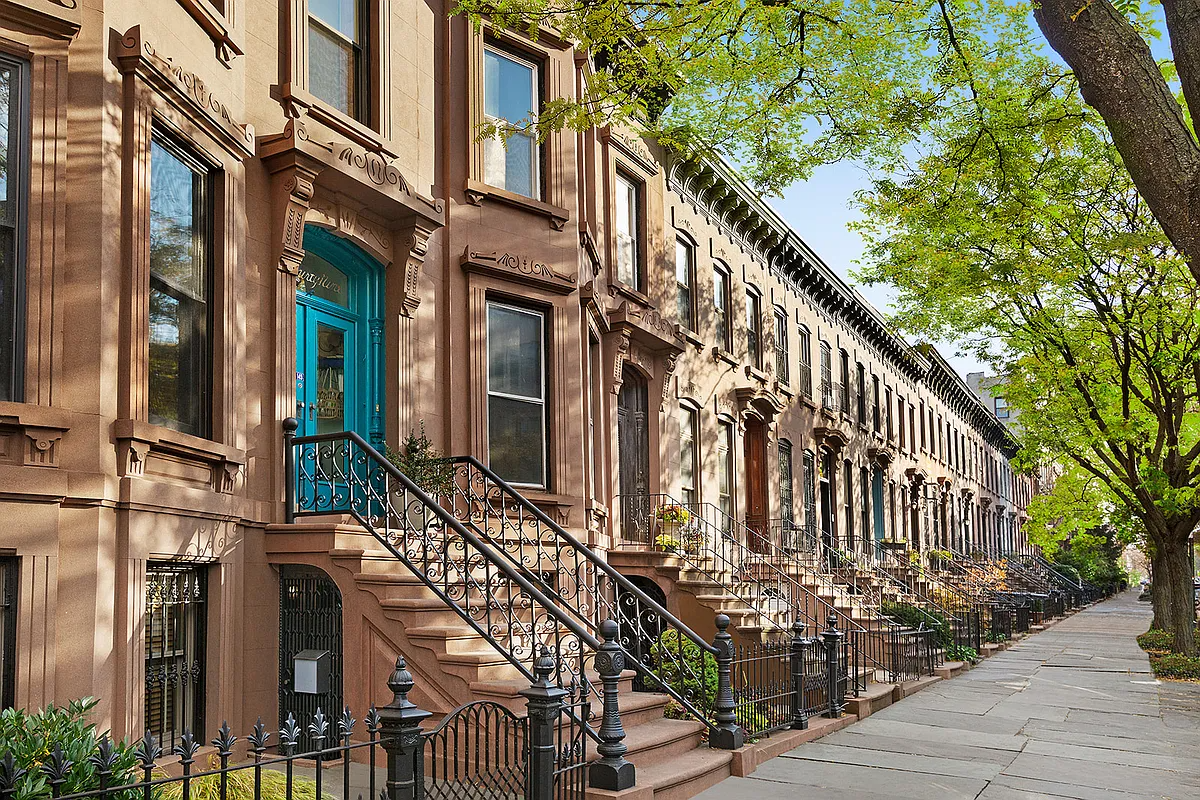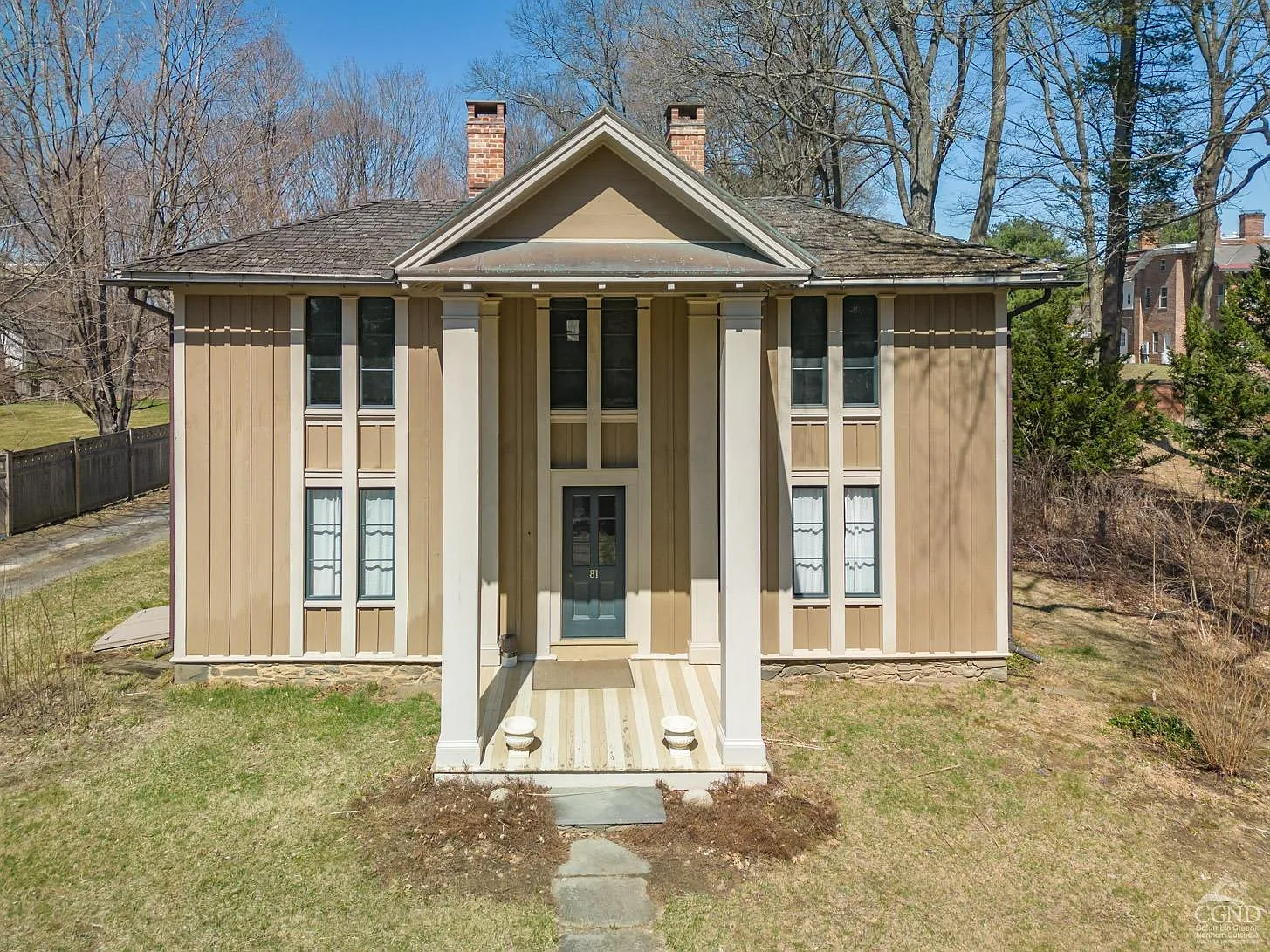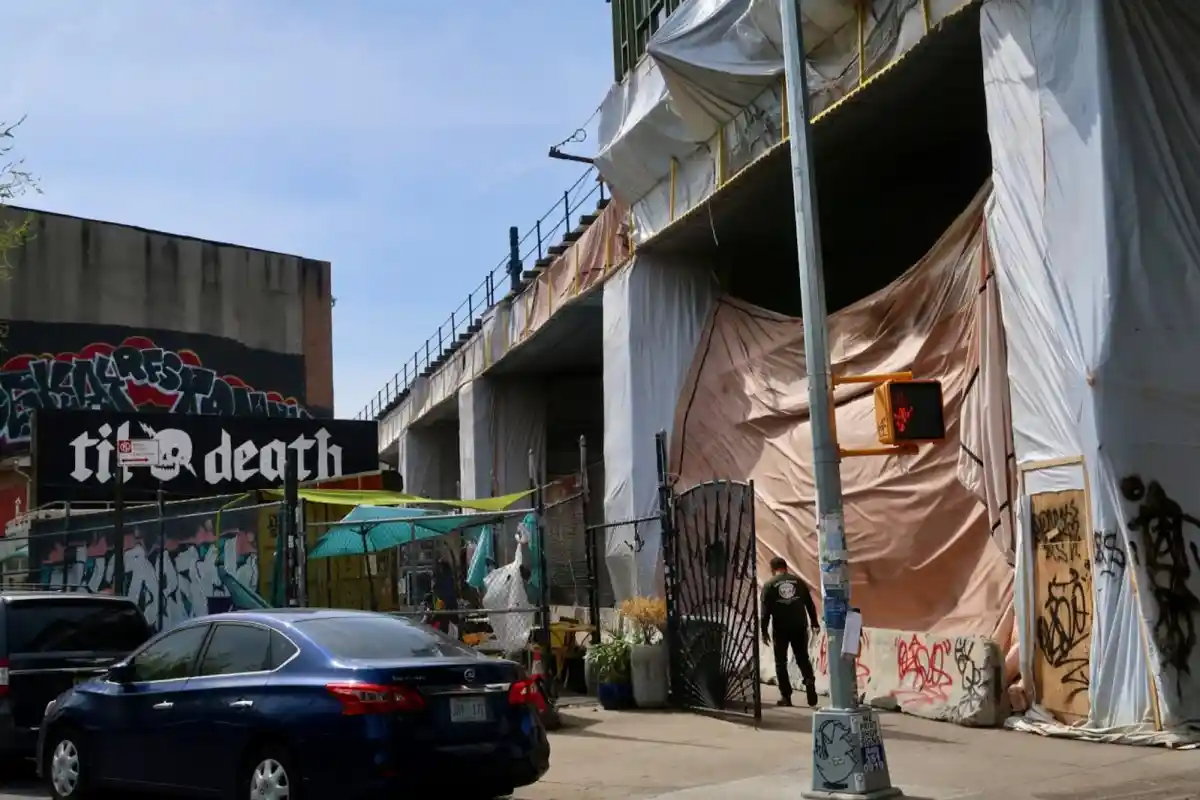Walkabout: Brooklyn’s Freedom, Part 2
Read Part 1, Part 3, and Part 4 of this story. The African slave trade to the New World touched every part of the life of the American colonies. We often think that slavery was an awful institution that only existed in the South, but this is not true. The northern colonies had slavery. New…

Read Part 1, Part 3, and Part 4 of this story.
The African slave trade to the New World touched every part of the life of the American colonies. We often think that slavery was an awful institution that only existed in the South, but this is not true. The northern colonies had slavery. New York state had slavery, New York City had slavery, and so too, did Brooklyn.
In the last Walkabout I wrote about slavery during the early years of Brooklyn’s history, beginning with the Dutch. When the British took over New Netherlands in 1663, they also took over, and expanded upon the institution of slavery in Brooklyn. Today, we’ll look at the last hundred years of institutional slavery in Brooklyn, those years roughly between 1720 and 1827, the year New York State officially abolished slavery.
Although the Dutch were no longer in charge of New Amsterdam or the Dutch towns that would make up Brooklyn, life there was little changed by the arrival of British rule. The prosperous Dutch settlers farming in Flatlands, Flatbush and New Utrecht had little contact with the authorities.
They had been the main slaveholders in Brooklyn, using African labor to work the farms and tend the homes. As mentioned last time, the Dutch had their own unique relationships with their enslaved peoples, and for the most part, allowed them a kind of half-free existence.
A bondsman could get outside work, provided he pay a percentage back to the master. He could walk around freely, and if mistreated, could successfully petition for another owner. It was possible for one’s freedom to be won or bought, and many freed people continued to work for their former masters, while others set up homes and businesses in the towns they lived in. Interracial marriage was possible, and black men had equal standing in Dutch colonial courts, and could bear arms.
This would change after a few years of British rule, as those running the Royal African Company imported thousands of newly captured Africans to Northern shores, including New York. With the percentage of enslaved people rising, so did the level of fear and paranoia, the fear that these slaves, like any captured people, would rise up and revolt.
New and harsh laws would be enacted, and the Dutch tradition of half-freedom would not last, especially in Manhattan. Brooklyn, still a collection of Dutch towns, held on a bit longer.
The dawn of the American Revolution, in 1776, was the beginning of the end of New York’s adventures in slavery. Some of the rebel colonists’ finest minds lived in New York, and many, very early in the struggle for independence, saw the horrible irony in owning other human beings while demanding one’s own freedom.
Across the ocean, Englishman Samuel Johnson, the pre-eminent writer and man of letters of his day, is quoted as saying, “How is it that we hear the loudest yelps for liberty among the drivers of Negroes?”
His taunt was heard in America, by men such as Nathaniel Niles, who said, “For shame, let us either cease to enslave our fellow-men, or else let us cease to complain of those that would enslave us.” While many advocated for an end of slavery in the North, at least, all of their talk was drowned out by the “shots heard round the world”, in Lexington and Concord.
One of the first and bloodiest battles of the Revolution was fought here in Brooklyn, in what is now called the Battle of Long Island or the Battle of Brooklyn. The British, with their Hessian mercenary forces, marched through Flatbush and Bedford, before engaging George Washington and his army in the swamps of Gowanus.
Interestingly, when they encountered black slaves in the fields of Flatbush, they were unable to communicate with them, as they only spoke Dutch. The devastating battle would drive the American army out of Brooklyn and New York for the duration of the Revolutionary War, and talk of abandoning slavery was over.
The British army thought differently, and offered any black slave a chance of freedom by escaping and joining the British forces. Thousands of blacks escaped and joined to fight their former masters. In time, the American forces began to offer the same choice: freedom to any slave who joined the Continental army.
As a nudge to masters to release their slaves for service, the new nation would pay 500 acres of land for each slave an owner allowed to join up for three years. Several thousand Negroes joined the Continental Army, but even more left to join the British.
By the end of the war, slavery in the north was in tatters. Thousands of slaves had left with the British, many ending up settling in British Canada, in Ontario and Nova Scotia. The notion of freedom, hard won in a new nation, had permanently changed the attitudes of both the slave owner and the slave.
The huge importation of slaves from Africa had depleted the supply of young healthy people who could survive the Middle Passage, and trade was down in the port cities of the North. Slavery was no longer as lucrative a trade, so opposition to it was no longer such a “moral” dilemma. By the time the war was over, states like Vermont, which had little or no slavery anyway, banned the practice in 1777.
Here in New York, slavery would continue for a number of years. In Brooklyn, the public auction sale of slaves ended in 1773. The last auction took place in Wallabout, when the widow Heltze Rappelye sold four slaves. According to the Brooklyn Eagle, the sale was roundly condemned, as public opinion held that the slaves should have been able to choose new masters themselves, and should have only been sold if they so desired.
This same article speaks of the Middagh’s of Brooklyn Heights, who had a coachman named Henry, who was “six feet in height, corpulent and of black swarthy skin, who was a great village favorite.” Another source tells of Peggy, who belonged to a former Hessian soldier named John Valentine Swertcope, who allowed her to sell corn and pears with molasses on Fulton Street, in 1800.
We know the Lefferts family, of Bedford, had slaves, and that a Negro burial ground existed on their farmland, at what is now Bergen and Dean Streets, at Bedford Avenue. And then there was the evidence found in the Lott house, in the old town of Flatlands.
The Lotts were successful Dutch farmers working over 200 acres of land in what is now Marine Park. Their home, a rambling 18 room farmhouse, was built in stages, beginning in 1719. They were among the largest slaveholders in this part of Brooklyn, with twelve slaves on the record in 1803.
In 2001, three archeologists from Brooklyn College, who were in the process of conducting a dig at the Lott House, made an astonishing discovery. Above a trapdoor in a closet ceiling, the archeologists found two cramped, windowless rooms under the eaves, with no more than four feet of ceiling height.
In those rooms were candle drippings, and one room was next to the chimney, and another blocked door that once led to a bedroom. It was obvious that at least some of the slaves slept here, available downstairs day or night.
In the chimney room, the investigators found a remarkable find under the floorboards. Five corncobs were arranged in a star pattern, a common West African cosmogram pattern, delineating the boundary between the living and the dead, and the path of power that connects the worlds.
Archeologists investigating slave quarters in the Deep South have found similar patterns in African ritual items buried or hidden in the quarters, and on pottery. These cosmograms were always found by fireplaces or chimneys, as the people believed that these were the doorways for spirits entering or leaving the house.
Cornstalks were also found in one of the rooms, but rodents had ruined whatever patterns they may have been laid in. The archeologists also found other ritual items in the Lott house attic, such as an oyster shell, an animal pelvis bone, and a small bag bound with hemp.
These are also consistent with West African rituals that managed spirits, which when carefully fed and handled, could carry out a range of tasks. This find was some of the strongest evidence that Northern slaves, like their counterparts in the South, retained elements of their West African religious heritage.
This evidence, along with artifacts found in Lower Manhattan’s African Burial Ground site, shows that the West African-born people continued to practice their traditions as best they could, in this new and harsh land.
Photo: Hendrick Lott House, Marine Park, begun in 1719. (Open House New York)
Next: We’re not free yet! The years leading up to 1827, and the years leading up to the Civil War. Slavery was outlawed in 1827, but were black people in the city really free? The Fugitive Slave Act, and the Abolitionist Movement, coming up on Walkabout.





Slavery had been on its way out in the early 19th century anyway as indentured servants and other European immigrants could be exploited to work for next to nothing but the invention of the cotton gin made the cultivation of cotton incredibly lucrative and reinvigorated the economic underpinnings of slavery in the south were cotton could be cultivated. It does not grow well in the north.
“This is a national treasure”
Amen to that!
excellent essay MM!
We should recall though what the true instigation for the American Revolution was: high taxes, not freedom, except freedom from high taxes.
excellent essay MM!
We should recall though what the true instigation for the American Revolution was: high taxes, not freedom, except freedom from high taxes.